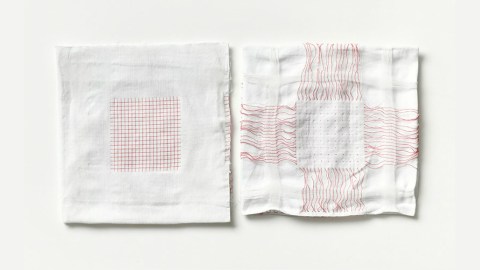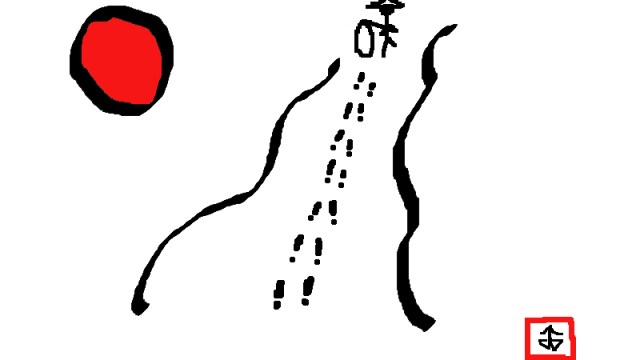Google’s Project Jacquard: Wearable Technology for Normal People

Does anybody in Silicon Valley ever sleep? It seems that as soon as one company finishes delivering a keynote about some mind-blowing new innovation, the microphone gets passed to the next major player who goes on to introduce their own futuristic game changer. Seriously, take a nap, folks. Give the microphone a break.
Today’s major announcement comes from Google, which at its I/O keynote revealed a new vision for wearable technology that won’t make you feel lame to wear. The effort consists of two separate-but-related ventures: Project Jacquard, with an assist from Project Soli. Together, they form a new innovation involving special fabrics woven with conductive yarns and motion sensors. Google is turning your favorite blue hoodie into a remote control:
Fortune’s Stacey Higginbotham has the scoop on Jacquard’s capabilities:
“The result of the combined projects is a fabric that acts as a touchscreen of sorts. Different ways of stroking the fabric could someday allow a user to turn on lights, make a phone call, or do any number of tasks programmed for that patch of fabric. Levi Strauss & Co. has signed a partnership with Google to try to exploit the technology. Project Jacquard is a combination of two technologies— weaving conductive threads into a piece of cloth and creating a package of electronics that work with the conductive threads to read the information they convey and turn it into something a computer can understand.”
As Higginbotham notes, high-tech clothing items aren’t exactly a groundbreaking innovation. Jacquard is plenty impressive because tech fabric is innately impressive, but it’s the inclusion of Soli that’s the big kicker here. Soli relies on radar technology to detect hand movements and translate them into digital commands. This promotes interactivity, where previous tech fabrics have typically been about diagnostics.
Over at TNW News, Nate Swanner explains how, unlike the technology in most smart devices, Project Jacquard allows for freedom of form. If you want an item that acts like an iPhone, you’re going to have to buy an iPhone. If you want to harness Jacquard technology, you can do so in nearly any type of fabric: jeans, jackets, shoes, etc. Plus, you’re not at all limited in size or scope:
“Your entire coat sleeve could be interactive, or just part of the pattern on it. If you wore a coat with repetitive squares, one could be receptive to touch. If that square pattern were instead stars, one or more of the stars could end up as your touch interface.”
As you can imagine, every tech site on the web has a story about Jacquard right now. The piece atVentureBeat, authored by Mark Sullivan, boasts the headline “With Google’s Jacquard, wearable technology may have just grown up.” While I take offense to almost any headline featuring the word “just” when outside the context of justice, it’s difficult not to agree with Sullivan or whomever it is that writes his headlines. That’s because wearable technology has until now mostly been about novelty. It’s like CGI in overbearing action movies; the focus has too long been on loudness and noticeability. That’s why Sullivan hits the nail on the head here:
“Jacquard is exciting because it pushes the technology and fashion worlds closer together than any past development in wearables. Hopefully the designers and artists that use the technology will do some inspired things, and that they remember that technology is just a tool and that it should stay out of the way most of the time.”
Although most of us are excited for the futurist promises of now to become the vivid realities of tomorrow, none of us actually want to walk around looking like Griff Tannen or C-3PO. For wearable technologies to become ubiquitous, they first need to become innocuous, or at least mostly subdued. Hitting that point in technology and design means we’ll have seen wearables “grow up.” Thus, our mysterious headline writer may very well be on to something.
For more on Project Jacquard we encourage you to check out Google’s official site.
Below, Singularity University’s Vivek Wadhwa details the tech innovations he’s most interested in — including some exciting new wearables:





